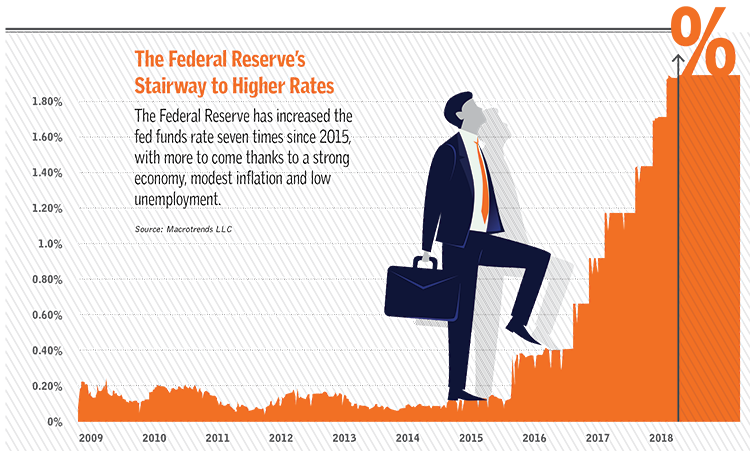
Market Intelligence
The Road Ahead
How have bank deregulation and the tax cut impacted the bank M&A market?
Both changes were already being felt in 2017 and carried over into 2018 because of expectations that the reforms would become reality. Taxes at the personal level really haven’t motivated sellers directly, but the additional income that the tax cuts have generated for the buyers has created additional capital, and that has made it more possible for buyers to be able to compete for cash deals. The positive impact of both tax and regulatory reform were already present in the market pricing for banks, so that really hasn’t changed in 2018. One impact of regulatory reform has been the increase in the size to qualify as a small bank holding company. The increase to $3 billion before consolidated capital requirements begin does make it easier for banks under that threshold to be able to compete for deals.
How will 2018’s deal volume compare with 2017, and why?
Indications through August 31 are that deal volume will increase over 2017. What creates some uncertainty is that most regions are actually down for the first eight months year-over-year compared to 2017. The strongest region is the Midwest, which is up significantly from 2017. It should be noted that 2017 was a down year for the Midwest, so in reality this year’s volume is more consistent with the 2016 totals. The other deal trend which has emerged is an increase in relatively smaller-sized sellers, less than $100 million in assets. What hasn’t emerged yet are “mega-deals,” which are believed to be coming as a result of regulatory reform. With the last set of broad-based [Dodd-Frank Act] stress tests only three months old, it’s likely too soon for this trend to actually have emerged.
What is the predominant trend in M&A pricing this year?
Steadiness is the predominant trend in pricing, with the median price-to-tangible book value fairly flat compared to 2017 year-to-date values. The increase in smaller sellers hasn’t negatively impacted overall price-to-tangible book value, nor total deal value, as both are up slightly compared to the same period 2017. What hasn’t really stabilized and become as much of an indicator are price/ earnings ratios. The totals are still impacted by the unevenness of the sellers’ earnings. Most seasoned buyers will tell you that they rely upon the earnings impact of the deal to determine desirability of a deal, but the P/E ratio hasn’t become the reliable indicator of deal quality that it was before the credit crisis.
The Road Behind
Have you seen the banks you cover increase their share repurchases and dividend payments since the bank deregulation law went into effect, and is that a concern?
We expect capital ratios at many of our rated banks to gradually decline over the next year because of increased shareholder distributions. The recent rise in the systemically important financial institution, or SIFI, threshold from $50 billion to $250 billion in assets supports our expectation, because it may encourage more aggressive capital management at the affected banks. In fact, we estimate total shareholder payouts for many U.S banks will approach or exceed 100 percent of earnings. Positively, the payouts are more skewed toward share repurchases, which are easier to cut than dividends. Nonetheless, a broad decline in capital ratios is credit negative.

Join OUr Community
Bank Director’s annual Bank Services Membership Program combines Bank Director’s extensive online library of director training materials, conferences, our quarterly publication, and access to FinXTech Connect.
Become a Member
Our commitment to those leaders who believe a strong board makes a strong bank never wavers.


